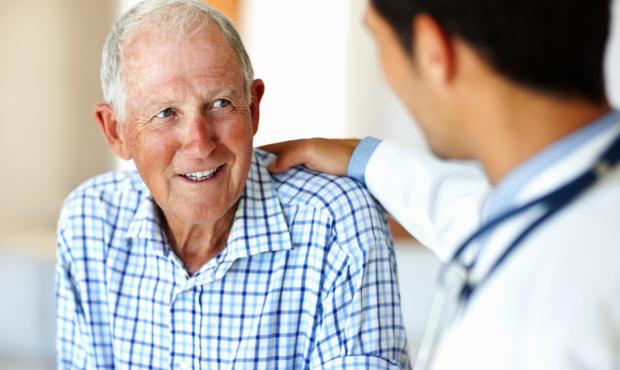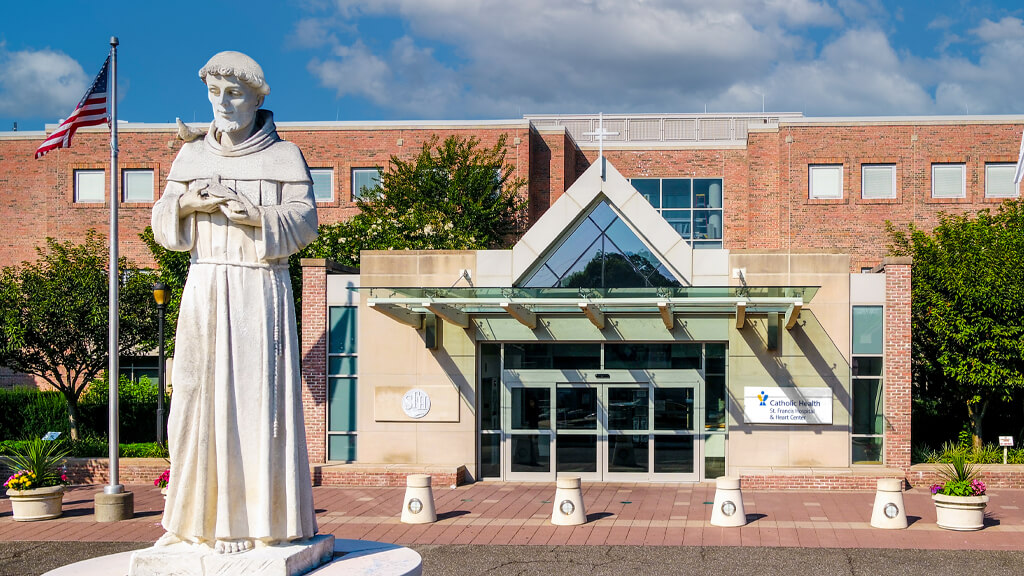Life-Changing Procedure
At Catholic Health, our Ventricular Assist Device (VAD) program at St. Francis Hospital & Heart Center® (Roslyn, NY) features nationally recognized cardiologists who are experts in left ventricular assist device (LVAD) therapy. Their goal is to help patients with heart failure live a healthier and better quality life after an LVAD procedure.
Coping with heart failure can be difficult. Our compassionate team of experts are here for you every step of the way. We listen closely and answer any questions to fully support you and your caretakers during treatment, evaluation and pre- and post-operation.
The VAD program offers comprehensive medical, surgical, emotional and social support. Developing a social support system with other VAD patients, along with a strong willingness to actively and responsibly participate in self-care, are essential to the success of LVAD therapy. We are here to help.


